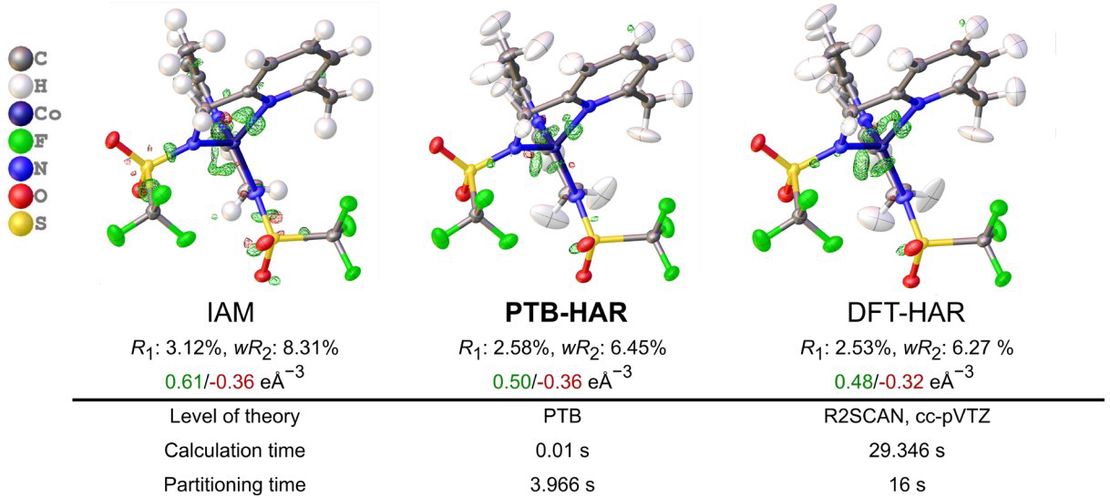QCrBox: A Containerised Platform for Quantum Crystallographic Workflows
- Niklas Ruth
- Session 13 , Thursday pm
- Thursday, July 17, 2025
- 1:30 pm
Paul Niklas Rutha, Horst Puschmannb and Simon Colesc
aAdvanced Research Computing, Durham University, UK; bDepartment of Mathematicl Sciences, Durham University, UK; cUniversity of Southampton, School of Chemistry, Highfield Campus, Southampton, SO17 1BJ, UK
e-mail: paul.n.ruth@durham.ac.uk
The crystallographic community has seen increasing interest in quantum crystallographic methods that move beyond the independent atom model to describe aspherical electron density. The slow but consistent adoption of Hirshfeld atom refinement implemented in Olex2 [1] in the form of NoSpherA2 [2] has shown that if the experience of using more sophisticated models is sufficiently streamlined, adoption is possible. We will report on our progress to build a similarly user-friendly platform, that focusses on reducing practical barriers such as complex multi-software workflows, interoperability challenges, and installation difficulties across diverse operating systems and software dependencies.
QCrBox addresses these obstacles through a containerized platform that encapsulates crystallographic applications within Docker containers, accessible via a unified web interface. Each application is configured to exchange data using standardized CIF formats, with clearly defined prerequisites and input specifications. This approach eliminates manual software installation while maintaining the full functionality of existing crystallographic tools.
Data exchange occurs through identified datasets that are properly attributed to users and research groups, ensuring appropriate provenance tracking. Intermediate results at each processing stage can be visualized directly within the interface, allowing researchers to monitor data quality and make informed decisions about subsequent processing steps. In future, workflows will be automatically recorded with complete parameter sets, enabling straightforward reproduction and systematic exploration of processing options.
The containerization strategy accommodates both established packages like Olex2 and MoPro, as well as specialized research scripts that typically suffer from installation and interoperability issues. By providing a common framework for software integration, QCrBox lowers barriers to entry for quantum crystallographic methods.
This platform represents a practical solution to workflow management challenges that have historically limited the broader adoption of sophisticated crystallographic methods. We invite community contributions to expand the ecosystem of available containerized applications.
[1] Dolomanov, O. V.; Bourhis, L. J.; Gildea, R. J.; Howard, J. A. K.; Puschmann, H. (2009). J. Appl. Cryst., 42, 339.
[2] Kleemiss, F., Dolomanov, O. V., Bodensteiner, M., Peyerimhoff, N., Midgley, L., Bourhis, L. J., Genoni, A., Malaspina, L. A., Jayatilaka, D., Spencer, J. L., White, F., Grundkötter-Stock, B., Steinhauer, S., Lentz, D., Puschmann, H., Grabowsky S. (2021). Chem. Sci. 12, 1675.
